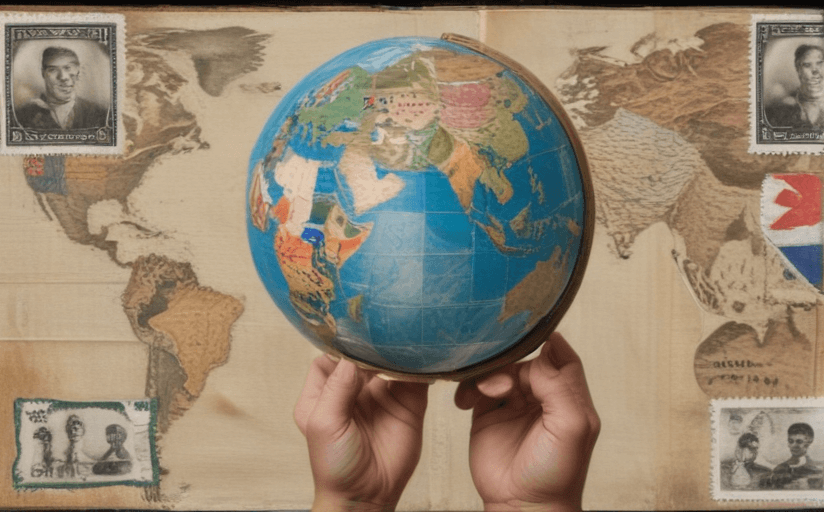Censorship and Artistic Freedom: A Global Examination
The topic of censorship in the realm of art has, for centuries, been a source of fiery debate and rigorous exploration. In this article, we aim to explore this complex subject matter, delving into cultural differences worldwide and the ever-changing implications of artistic freedom.
The Role of Censorship in Arts
Censorship is often a state’s way of maintaining the moral fabric of society, or ensuring public order and respect for societal norms. In the world of arts, censorship can have profound impacts, limiting the freedom of artistic expression and stificking creativity. Yet, it is a truth universally acknowledged that the lack of censorship can likewise have negative repercussions, promoting harmful or unlawful messages.
Censorship in Different Cultures
Understanding the nuances in how censorship is applied across different societies provides a fascinating glimpse into those cultures. From Russia's historic censorship of visual and performing arts during the Soviet era, to China's ongoing rigorous regulation of media content, to the contrasting relative artistic freedom observed in European nations, these examples affirm the broad range of cultural attitudes towards censorship in art.
The Artists’ Perspective
Many artists globally have voiced their concerns about the stifling nature of censorship, arguing that it limits their capacity for full and genuine creative expression. Others may view it as a challenge, pushing the boundaries of acceptability and finding innovative ways to express controversial concepts within the limits set by society.
The Implications of Excessive Censorship and Unrestricted Artistic Freedom
At any extreme, issues arise. Abundant censorship can limit the creativity and voice of artists, leading potentially to an echo chamber of acceptable ideas and thoughts. Conversely, unrestricted artistic freedom can propagate offensive or harmful content, promoting messages that may undermine social ethics, public order, or the common good.
Finding the Balance
Finding the right balance between artistic freedom and societal norms is a delicate undertaking that varies across different cultures. It requires an open dialogue between society, artists, and the governing bodies. The ideal balance might be a society that respects an artist's right to express their perspective, yet also ensures that their expression does not infringe upon the rights and respect of others.
In conclusion, this probe into the complex world of artistic censorship underscores the importance of continued discussion and rigorous exploration. It is in navigating these challenging dynamics that we will continue to promote both the beautiful diversity of global artistic expression and the societal agreement on decency, morality, and public order.


















Comments
Leave a Comment